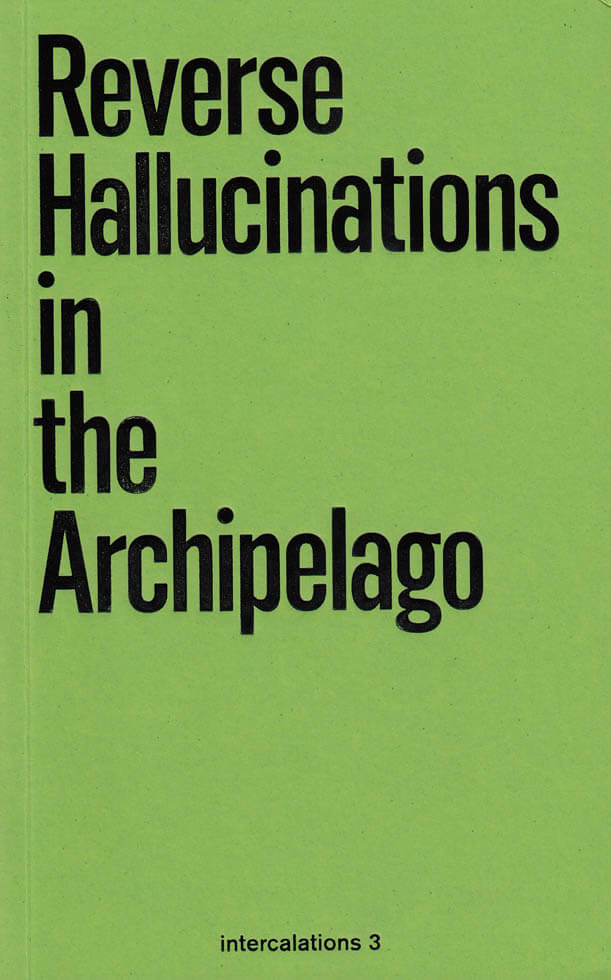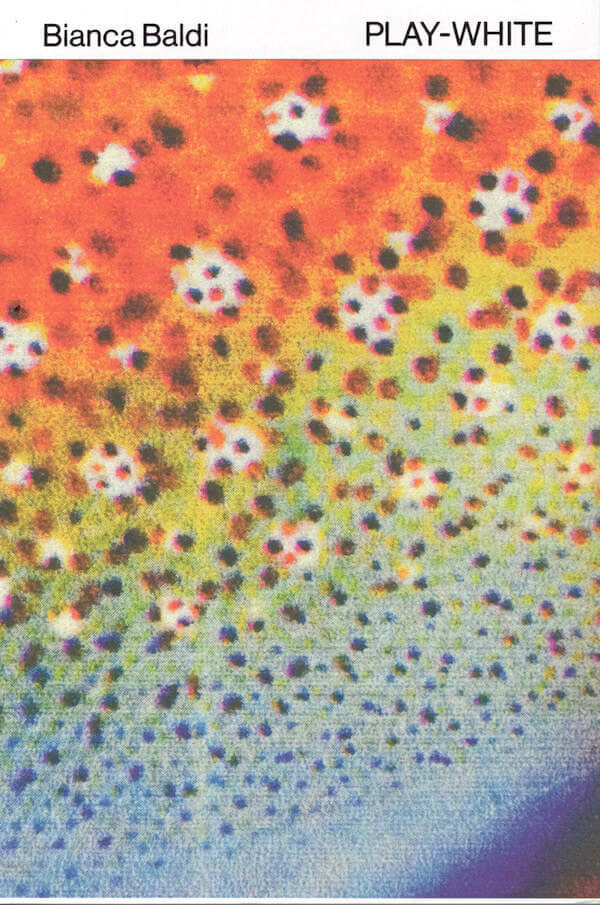
Reverse Hallucinations in The Archipelago
Reverse Hallucinations in the Archipelago unfolds an itinerant encounter with nineteenth-century European naturalists in the Malay world, where the theory of evolution by natural selection emerged alongside less celebrated concerns about mass extinction and climate change; by re-considering the reverse hallucinatory condition of colonial science in the tropics—how scientists learned to not see what was manifestly present—the reader-as-exhibition-viewer may exhume from the remains of this will to knowledge an ethical conviction of particular relevance for confronting forms of neocolonization in the Anthropocene. Reverse Hallucinations in the Archipelago reflects on the changing role of colonial natural history collections in the current ecological crisis called the Anthropocene. The volume features an essay, a science fiction graphic novella, photographs, interviews, and more.
Contributors: Akademi Drone Indonesia, George Beccaloni, Iwank Celenk, Lucy Davis, Fred Langford Edwards, Christina Leigh Geros, Matthias Glaubrecht, Geraldine Juarez, Radjawali Irendra, James Russell, Mark von Schlegell, SLAVE PIANOS, Anna-Sophie Springer Zenzi Suhadi, Paulo Tavares, Rachel Thompson, Etienne Turpin, Satrio Wicaksono
Language: English






